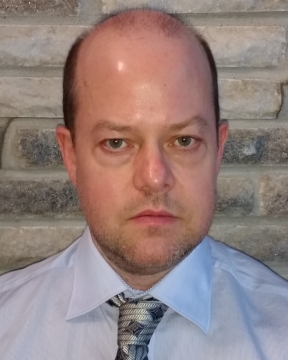 |
Dr. Stewart P. LewisInnovative Science CorporationUltra-high Temperature Production Of Polyisobutene In The Absence Of Halogenated Solvents Matyjaszewski International Symposium (5th Intl. Symp. on Green Chemistry & Polymers & their Application for Sustainable Development) Back to Plenary Lectures » |
Abstract:Industrial production of olefin based polymers by the cationic route is challenging due to a number of constraints. These include: the requisite use of highly purified materials, in most cases halogenated solvents are needed for efficient initiation, explosive and uncontrollable reaction, and the fact that very low reaction T is required to produce high molecular weight chains. This presentation constitutes a public disclosure (World Patent Pending) of another premier discovery by Dr. Lewis, a new strategy for producing polymers based on isobutene at ultra-high reaction T (up to 50 °C) in the absence of halogenated solvents and if desired in the complete absence of solvent. The chemistry is based on the modification of a common Lewis acid and is comparable in terms of cost to existing systems used in the industrial production of isobutene based polymers (e.g., butyl rubber, polyisobutene); however, by subjecting this acid to "modification" its activity for inducing cationic polymerization at abnormally high reaction T is enhanced. Furthermore, this strategy produces initiators that have tunable activity and may hold promise as the basis of high T pseudo-living polymerization systems for olefins. In addition to small scale polymerization experiments cursory pilot plant studies have been run and the chemistry of the initiator system itself has been explored by multi-nuclear NMR spectroscopy and these results are discussed herein as well. |
|